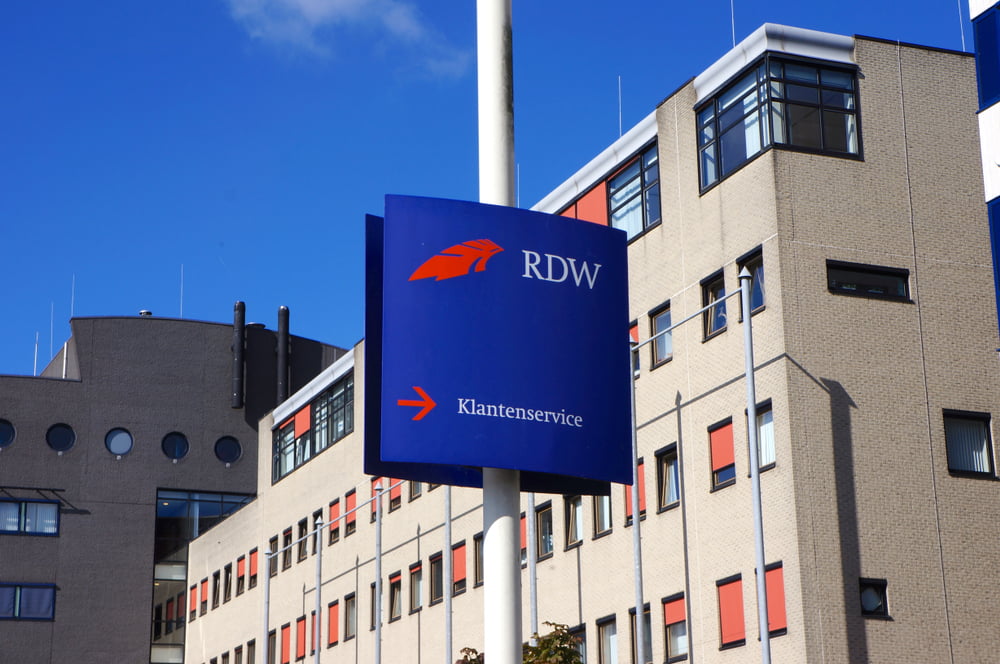The Road Traffic Service (RDW) has commissioned by the Ministry of Infrastructure and Water Management advice published on the traffic-safe use of guards in taxis, passenger cars and company cars. The RDW has also been asked for additional advice on whether and, if so, how, shields can be safely fitted in buses and coaches. This additional advice is expected later in June.
In most cases, a change to a vehicle should not be made just like that. The installation of a shield can have adverse effects on the safety provisions in a car. Think for example of the airbags, the field of vision through the mirrors, the view to the outside and the driver's room to move. The RDW has assessed whether and how the placing of guards in a vehicle complies with international vehicle regulations.
further specification of regulations
The RDW's advice on the traffic-safe use of guards in taxis, passenger cars and company cars has been adopted by the Ministry of Infrastructure and Water Management. Based on the advice, the ministry will further specify the rules with regard to guards in vehicles. This means that the installation of longitudinal shielding between the driver and the co-driver is prohibited due to the risks in the field of road safety. Placing a guard in the width direction between the first and second row of seats is permitted, provided that various safety regulations are met.
what does this mean for taxis, passenger cars and company cars?
In the coming period, the Ministry of Infrastructure and Water Management will further elaborate on these regulations together with the RDW. The regulations are expected to enter into force in two months. As soon as the new rules come into force, the screens in widths in taxis, passenger cars and commercial vehicles, if they do not meet the above safety requirements, will have to be adapted to this.
Until then, it is advisable to observe the above safety regulations when installing such covers. Longitudinal shielding between the driver and co-driver is therefore prohibited.
enforcement
If it is decided to continue to drive with already installed guards until these regulations are in place, it must in any case be ensured that these do not obstruct the view or the steering of the vehicle. This can be checked by the police when using vehicles with guards on the road. This can lead to the removal of unsafe traffic covers and the vehicle owners being fined.
Also read: New sector protocols for safe healthcare and taxi transport




